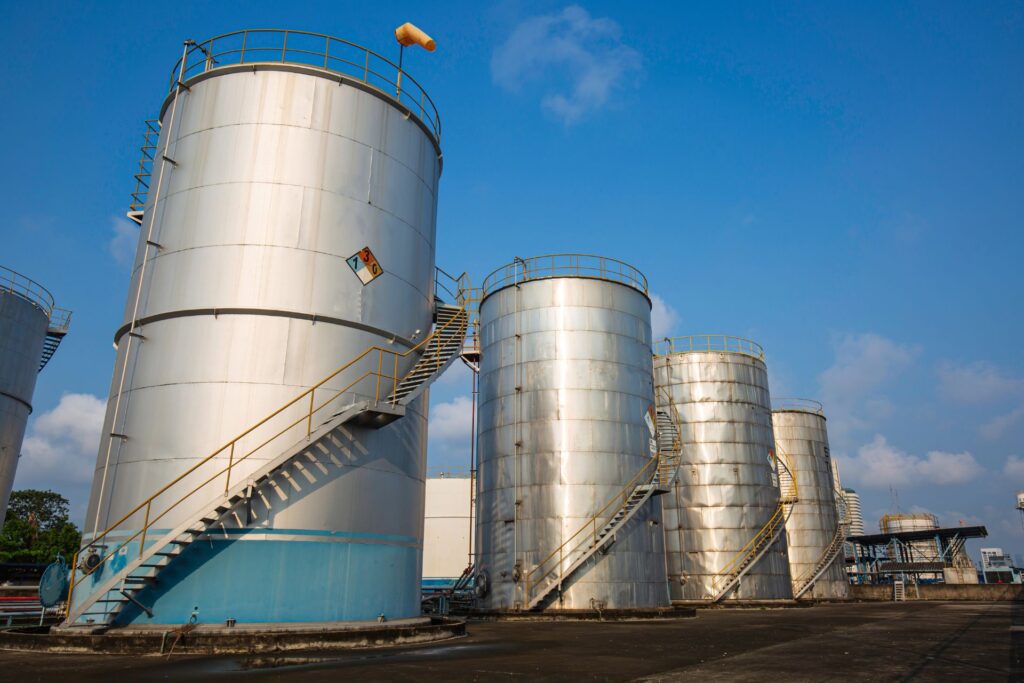Global CCUS Momentum Surges: IEA Outlines Policy Framework for Commercial Success

Momentum behind carbon capture, utilisation and storage (CCUS) is reaching unprecedented levels, but implementation continues to lag behind, a new IEA report finds.
With over 400 new carbon capture, utilisation and storage (CCUS) projects announced globally in the past three years in more than 45 countries, the IEA’s new toolkit sets out the policies that can turn developer ambitions into reality.
The report, CCUS Policies and Business Models – Building a Commercial Market, finds that new business models for CCUS are emerging, driven by new players entering the market. This is reshaping the framework for future CCUS projects and can open the door to investment opportunities. Still, many challenges remain on the path for CCUS to contribute to global efforts to reach net zero emissions at the level envisaged in the IEA’s Net Zero Roadmap.
CCUS deployment in this decade will be critical to get it on track for its role in enabling the global energy sector to reach net zero emissions by mid-century. When world leaders gather for the COP28 climate conference that begins this week in Dubai, there will not only be an opportunity for governments to raise their ambitions on CCUS – the meeting will also be an important opening for the oil and gas industry to demonstrate a meaningful commitment to curbing emissions and moving beyond the status quo. CCUS can play an important role in these discussions.
Existing CCUS policies – commonly aimed at reducing costs – have helped move early projects into operation, but they have also skewed deployment toward low-cost applications. These types of policies alone are not sufficient to scale up CCUS across other applications. Governments around the world are now taking different policy approaches, drawing from lessons in other parts of the energy system to adapt to these new business models.
Many early CCUS projects have been characterised by a full-chain business model, with a single project framework across the CCUS value chain from CO2 capture to transport and storage. The oil and gas industry has led these efforts, thanks to its expertise in operating large-scale projects and knowledge of the geological subsurface. However, the industry’s historical focus has been on using the captured CO2 to extract more oil. This needs to shift to a focus on dedicated CO2 storage.
Today, new “part-chain” business models are emerging, with separate entities specialising in different parts of the CCUS value chain. While the oil and gas sector continues to play a role, the market entrance of new specialised players can facilitate access to the expertise and infrastructure needed to support decarbonisation, as well as bolster innovation and reduce costs across the value chain.
Related Article: DL E&C with differentiated competitiveness has reached the global CCUS stage.
And innovation in CCUS projects is urgently needed: Around three-quarters of capture capacity by 2050 envisaged in the IEA’s Net Zero Roadmap relies on technologies and applications that are still at demonstration or prototype scale. There’s also a need to reduce energy use and costs for CCUS applications, which are still high compared with unabated technologies for most applications. Long lead times can further impede progress, particularly for CO2 storage. While new business models can mitigate some of these challenges, by reducing costs and lead times, they also bring new complexities, creating a need for governments to coordinate across the value chain.
The IEA’s new report and policy toolkit aims to provide useful guidance to governments seeking to create the conditions necessary to attract long-term private investment in CCUS, and to address the overarching economic, lead time, innovation and complexity challenges to deployment.












